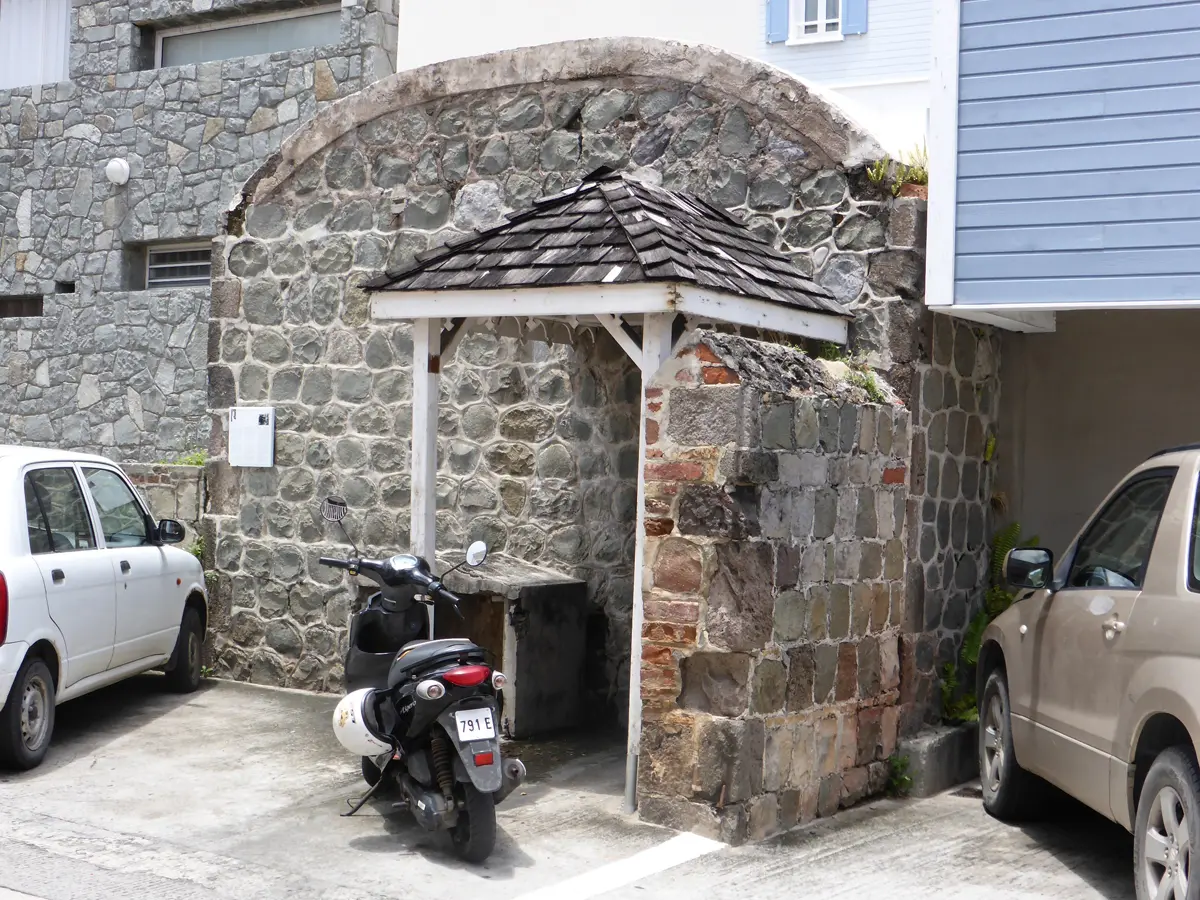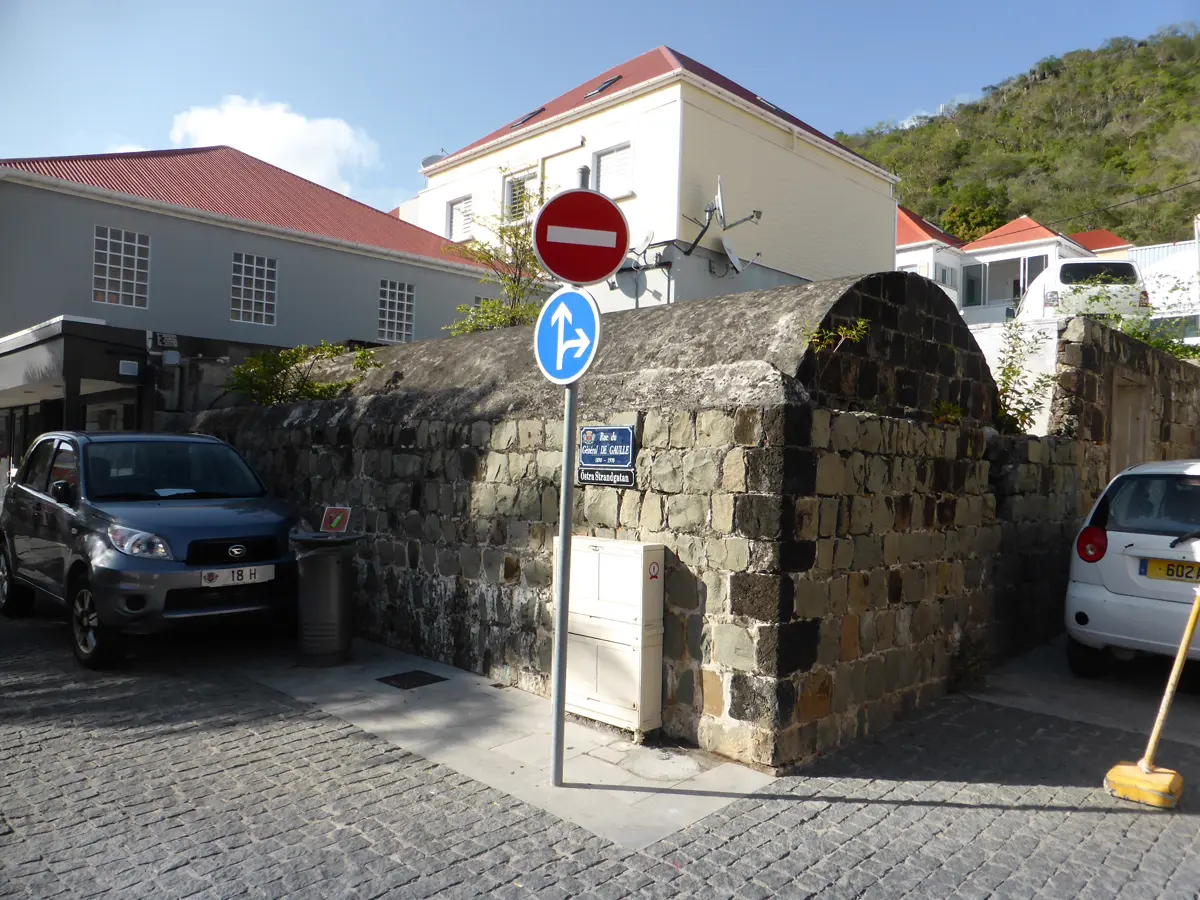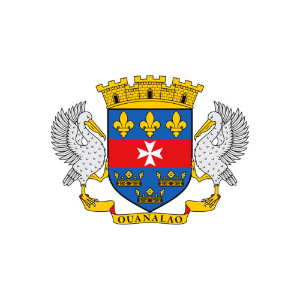The Water Cistern, located at the intersection of rue Schoelcher and Rue Samuel Fahlberg (formerly known as Hvarvsgatan and Hospitalgatan during Swedish rule), is one of the few remaining water storage structures from the Swedish colonial era. This cistern stands as a testament to St. Barth’s historical struggle with fresh water supply, a challenge that has shaped the island’s architecture and infrastructure. In the past, before modern desalination plants, rainwater collection was crucial for survival on the island. The cistern’s design reflects the ingenuity of early settlers in addressing this vital need.

The hipped roofs common throughout St. Barth, more prevalent here than in other Caribbean islands, were specifically designed to maximize rainwater collection. The precise slope of these roofs was a result of careful calculation: too steep, and water would splash out of the gutters; too flat, and water would evaporate or be blown away by wind. The cistern itself, though missing its original vaulted ceiling, features rounded interior corners for ease of cleaning, showcasing the practical considerations in its construction. Today, while no longer in use for water storage, the cistern serves as an important historical landmark, offering insights into the island’s past water management strategies and the everyday challenges faced by its inhabitants.

